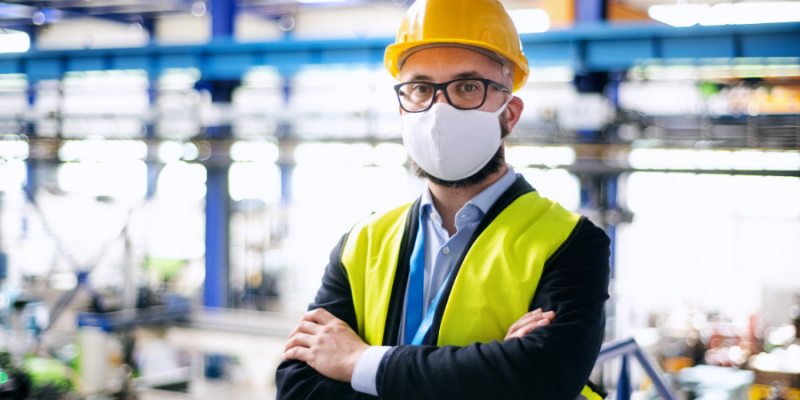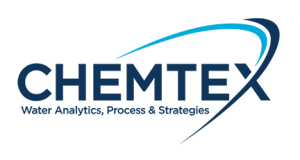
Facility Management Best Practices in a Post-Pandemic World
The role of the facility manager has shifted over the course of the past year. Pre-pandemic, these were folks who largely functioned out of sight. Today, they are front and center, spearheading critical initiatives to keep large buildings and the people in them safe from the Coronavirus. No longer can they work in the background to simply keep systems running as efficiently and economically as possible. They are responsible for ensuring safety and cleanliness, and assuring people that it’s safe to come back to work or school.
Here are just a few ways facility management is leading the fight for safe and healthy workplaces.
Cleaning Protocols
Cleaning products and frequencies have radically changed in the face of the pandemic. Casual cleaning has been replaced with rigid schedules and firm requirements. Green cleaning products have been traded in for antibacterial and antimicrobial cleaning materials which were formerly the domain of hospitals, as well as high-tech techniques such as bipolar ionization, UV lighting, and electrostatic sprayers and foggers. Cleaning crews wear PPE, and make very frequent and obvious cleaning overtures at high-touch areas like door handles and buttons. This serves the dual purposes of actually cleaning the surfaces, and reassuring people that strict cleaning protocols are being embraced.
HVAC Improvements
The U.S. Centers for Disease Control and Prevention (CDC) and ASHRAE released new guidelines for retooling HVAC systems, which include doubling the amount of outside air entering a building. High-performance filters are the norm, with the installation of MERV 13 filters or higher now a norm. This bonus outside air will increase heating costs in winter and cooling costs in summer, incentivizing increased efficiency in HVAC systems.


Data centers and cleanrooms are ahead of the game in this regard: They’ve always been ventilated with extreme filtration, to prevent particles and dust from interfering with the function of servers or the assembly of delicate parts.
Automated Facilities Operations
Automation is on the rise. Concrete immediate examples include the increasingly standard use of touchless technology for door openers, faucets, soap dispensers, flushing devices, light switches and more.
The internet of things is also playing a role in some places, tracking people and where they travel within the building, and keeping abreast of crowding, spacing and capacity issues.
Ensuring People Maintain Distance
If this grand experiment in working from home becomes the new normal, workspace will have to be reconfigured. Setting up workspaces to ensure personal distancing may use up any extra real estate generated by home-based workers, and shared desks, stations or cubicles will have to be monitored and cleaned thoroughly.
Please contact Chemtex to learn more about our programs and how we can help your business and facility navigate your water treatment needs in a post-pandemic world.



/NQA-ISO-9001-Logo-ANAB.jpg)